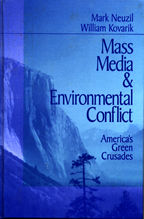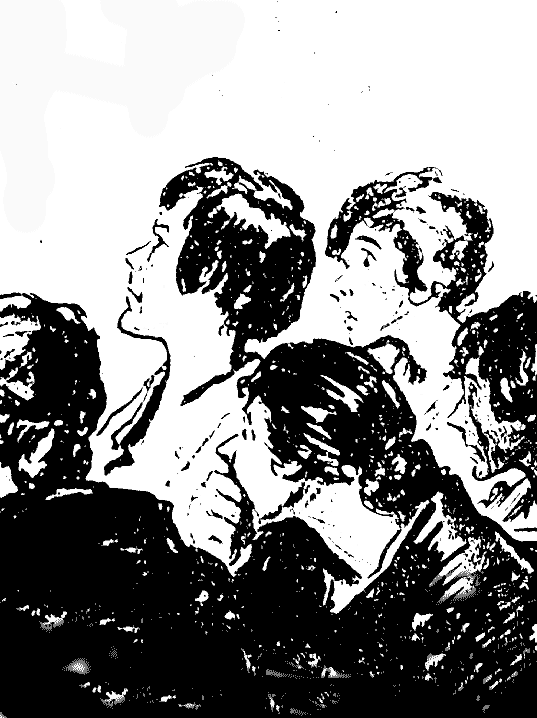This mysterious propaganda photo was taken in the Ukraine during the early period of Soviet control, probably around 1925. The photo was collected in WWII by the Farm Security Administration and was found at the Library of Congress.
The photo raises questions. Would journalists really set type on the back of a truck in the middle of a wheat field? Was it staged, or faked, or part of a serious effort to get journalists close to the people? Do the shadows in the truck line up with the shadows on the field? Were two photos cut in together?
We do know a few things about the photo.
The banner at the side of the truck reads: “Mobile news room of the district newspaper Kolhoznik …at the harvest in the cooperative Leninist Village of (unknown).” The banner behind the typesetters reads: “Relay banner: Let us secure the financial basis, For socialist way of life…”
It’s impossible to say what that signifies without a better context, according to Ivanka Knezevic of the University of Toronoto. “My guess would be that this banner was a sign of recognition transferred from one cooperative (newspaper,
enterprise, village etc.) to another, as it showed results in whatever
campaign the banner was made for (in this case, of securing financial
basis for socialist way of life). Such banners were quite usual: an
organisation held them either for a set period of time (a month etc.) or
until another organisation overtook them.”
The title of the newspaper means “Agricultural cooperative member,” Dr. Knezevic said. The Kolhozi were peasants’ cooperatives, as distinct from state-owned agricultural enterprises (sovhozi). The photograph seems to be from about the 1920s, she said. The journalists are dressed in the usual urban-working-class clothing (most were recruited from the working class). They would start looking better dressed in the 1930s, after the NEP.
Ben Franklin would have looked at these pictures and guffawed, as would anyone who has set type by hand. Deploying type cases in the field is not remotely practical. The cases are shallow and filled with very small pieces of type, and any jostling will scatter the type on the ground (or truck bed), and hours will be spent trying to redistribute the type back into the proper compartments. Clearly, this is propaganda.
Still, it’s not the kind of Soviet propaganda usually seen the west, which is another reason that it’s interesting. For example, the Newseum’s display of Russian communist photos emphasizes the constant erasure of politically inconvenient figures from the pages of history. Those erasures were only a small reflection of the horror of the Soviet rule, and an inspiration for the protagonist in George Orwell’s 1984, who was employed by the Ministry of Truth to revise history.
However, these photos of typesetting in the field ask us to use a different frame of reference. They reflect the optimism of the early communist state, and they’re valuable because they give a glimpse into the question of why many Americans like John Reed (author), Dalton Trumbo (screen writer), Walter Duranty (journalist), and Paul Robeson (actor) were initially attracted to the communist cause.
It’s worth remembering what George F. Kennan said about these idealists. Speaking of John Reed, Kennan said that his “blazing honesty and a purity of idealism .. did unintended credit to the American society that produced him, the merits of which he himself understood so poorly.”



 Revolutions in Communication
Revolutions in Communication Mass Media & Environmental Conflict
Mass Media & Environmental Conflict